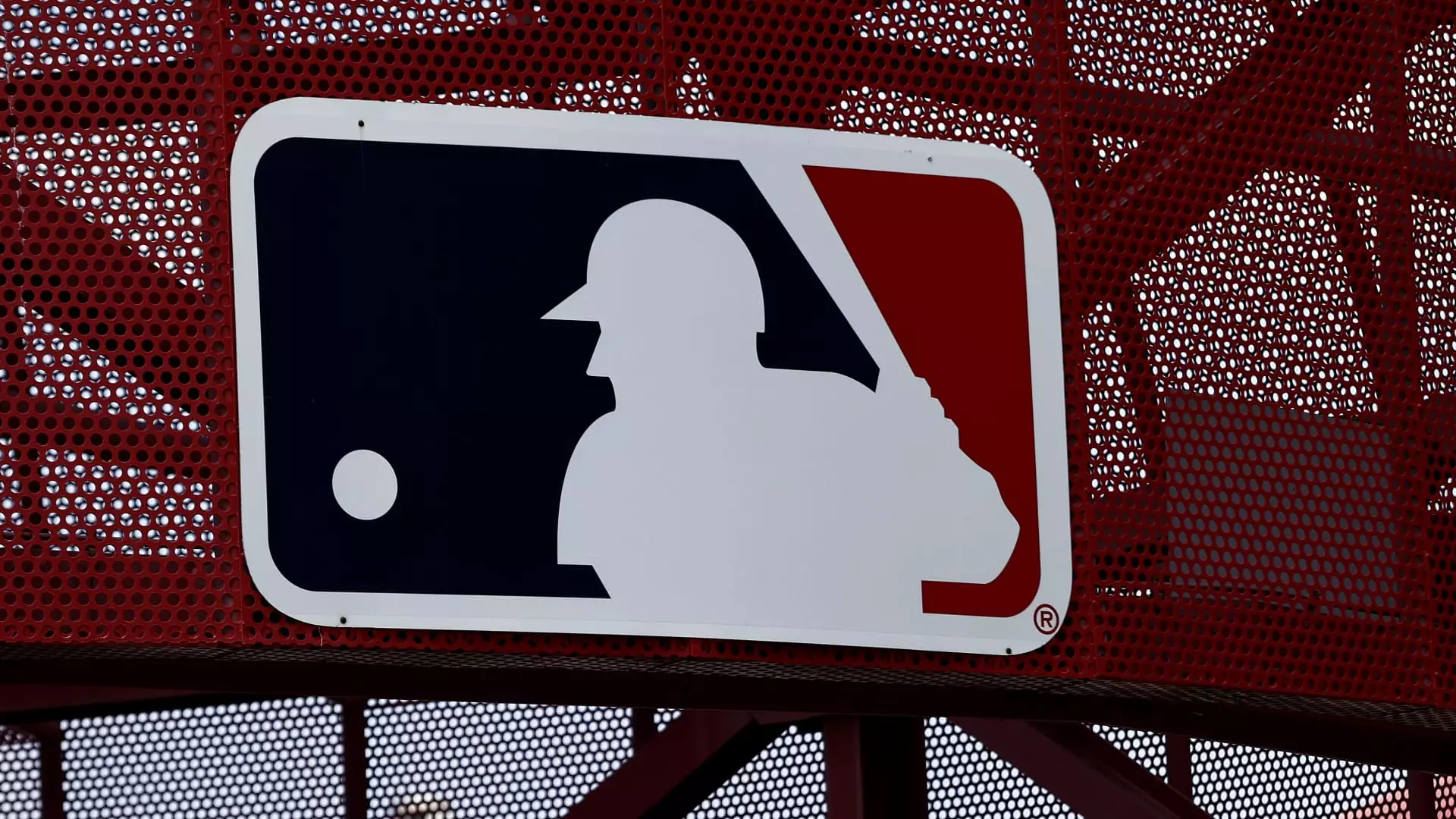In recent developments, Major League Baseball (MLB) and the Atlanta Braves have voiced their deep-seated worries regarding the reorganization plan put forth by Diamond Sports Group, which holds the title of the largest owner of regional sports networks in the United States. A formal objection was lodged in bankruptcy court, revealing significant reservations about Diamond’s future viability. The Braves and MLB articulated their concerns about the potential for Diamond to find itself in financial disarray once again, raising questions about the soundness of the proposed restructuring efforts.
The backdrop of this situation is essential to understanding the stakes involved. The Atlanta Braves, in combination with MLB, possess a substantial interest in ensuring that Diamond Sports emerges from its current financial predicaments in a state of health. However, the objections underscore a glaring lack of confidence in the existing reorganization proposal. Both entities have keenly observed Diamond’s operations and appear unconvinced that the current framework is robust enough to withstand the pressures of a rapidly changing sports broadcasting landscape.
The crux of the objection appears to lie in the insufficient transparency surrounding Diamond’s reorganization strategy. With an extensive document package totaling 181 pages, the details offered have fallen short of providing the clarity MLB and the Braves deem necessary for informed decision-making. The representatives of Diamond Sports have cited confidentiality agreements with distribution partners like pay TV operators as a limitation on the information they can reveal. This lack of openness is troubling, especially considering the urgency of the situation regarding Diamond’s financial health.
Furthermore, the proposed commercial partnership with Amazon has raised additional questions among MLB and the Braves. It’s vital for the future of regional sports broadcasting to understand how such an alliance would impact Diamond’s operational capabilities. The attorneys representing Diamond have indicated that discussions with Amazon are ongoing, adding to the uncertainty surrounding this pivotal partnership.
Another area of concern lies within Diamond Sports’ direct-to-consumer plan. This approach to distribution is becoming increasingly critical as traditional cable subscriptions decline and consumers pivot towards streaming options. The unease expressed by MLB and the Braves highlights the urgent need for clarity on how Diamond intends to navigate this transition while maintaining a competitive edge in the market.
The challenges facing Diamond aren’t academic; they resonate deeply within the broader context of sports broadcasting. The advent of streaming has fundamentally altered the landscape, compelling sports networks to adapt or risk obsolescence. Thus, the worries expressed by MLB and the Braves resonate on multiple levels.
This is not the first instance where MLB has sought greater insight into Diamond Sports’ financial goings-on. Previous hearings had seen similar calls for transparency, particularly concerning a recent naming rights agreement struck with FanDuel regarding the regional sports networks formerly identified as Bally Sports. Such formal actions indicate a pattern of heightened scrutiny on Diamond’s financial maneuvers amidst ongoing economic challenges.
The Braves themselves are not operating in a vacuum; they emerged as an independent entity from the Liberty Media umbrella in 2023, creating a complex dynamic in their relationship with Diamond Sports. While Diamond plans to retain its contract with the Braves, it simultaneously seeks renegotiations with 11 additional MLB teams, demonstrating a precarious juggling act between managing existing partnerships and exploring new financial agreements.
The Friday objection from MLB and the Atlanta Braves signifies a pivotal moment for Diamond Sports Group. The stakes have never been higher for this organization, as it navigates bankruptcy proceedings while attempting to secure the future of regional sports broadcasting. Clear communication and effective restructuring will be indispensable if Diamond aims not just to survive but to thrive in this evolving media environment.
As industry players recalibrate their strategies in light of technological advancements and shifting viewer preferences, the future remains uncertain for Diamond Sports. With looming deadlines and competing interests, the path ahead will depend on finding coherence in their restructuring approach and stabilizing relationships with teams looking for reliable broadcast partners in an unpredictable marketplace. The eyes of the sports world will undoubtedly remain fixed on Diamond Sports Group, as its survival could reshape the contours of regional sports coverage in the coming years.

